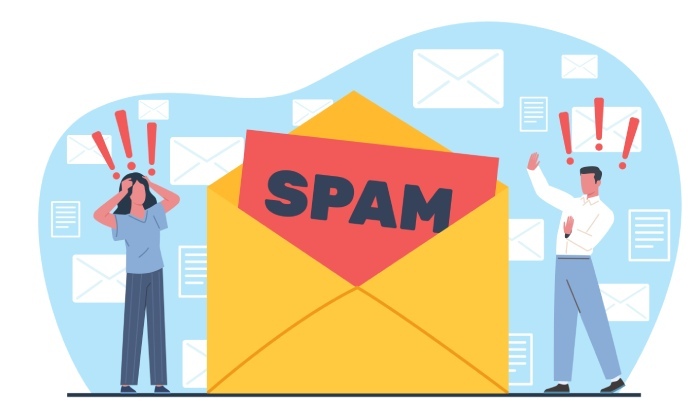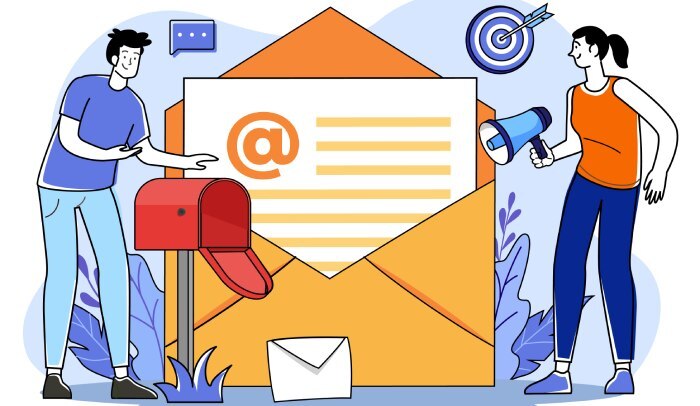WordPress Email Marketing: How to Begin an Email Campaign
Email marketing offers a steady way to reach people who visit your site. WordPress makes it simple to begin if you know what steps matter most. Starting an email campaign is not about pushing out messages but making choices that help your emails reach people and get opened. Here is a plain guide to help you move forward, with facts that highlight what works.
Setting Things Up: List Building Starts Here
Before anything, you need a list of people who want your updates. This is where sign-up forms help. Make it easy for people to join your list. One form on your homepage is not enough. Adding sign-up forms in high-traffic spots like the sidebar, at the end of blog posts, and even on landing pages can help capture more subscribers. This step by itself can grow your reach quietly.
To follow the rules and increase trust, always seek clear consent before adding someone. An unchecked box or hidden question is not the way. A clear prompt works better and protects you from complaints or spam issues. A steady increase in your email list beats a fast jump that comes from spammy tricks.

Subject Lines and Personal Touch Matter Most
How your subject lines read can make a big difference. Subject lines that invite someone to act, ask a question, or spark curiosity can lift your open rates. Some reports show up to a 29% rise in opens with subject lines written like this. Try different options and see what your audience clicks. If you need help brainstorming, a free AI Email Writer can generate multiple subject lines and email variations from a short prompt so you can A/B test faster.
Adding a personal touch can go further. Personalized subject lines tend to be opened 26% more than generic ones, and 33% of recipients ignore or delete an email because the subject line is irrelevant or sketchy. This is not about using someone’s name alone. Reference recent activity, a last order, or a topic they read on your site. People like to feel seen, even with a message in their inbox.
Pick Secure Email Marketing Tools

WordPress works with many email tools. You need a tool that protects user information and respects privacy laws. Send by Elementor, MailerLite, and HubSpot are examples. MailerLite stands out with its strong privacy rules and features that keep data safe. Before picking any service, check how it handles data, how easy it is to use, and how well it lets you create simple sign-up forms.
Authentication is another step. Use methods like SPF, DKIM, and DMARC. These can lower the chance your messages are blocked or marked as spam. Reports show that 80% of WordPress users apply auto-updates, and over half use extra login steps. This type of safety matters because good habits at the start stop headaches later.
Picking Tools and Platforms for Smooth Email Campaigns
Choosing tools for email marketing in WordPress does not stop with plugins or design software. Think about where your site is hosted, which can affect how emails are sent and delivered. Platforms like wordpress hosting, cloud hosting, and managed hosting plans, and even offshore VPS, which is often chosen for greater privacy and fewer restrictions, can each offer different levels of deliverability, server reliability, and security.
If you want steady support for your campaign, check that the features you need are supported by your hosting plan. Some plans offer built-in security tools, while others require manual setup. Simple decisions like this help keep your email campaigns on track.

Segment Your List for Better Results
One email list is not enough if you want good results. Groups respond better to messages that fit their needs or interests. Use tags to mark people based on what they buy, read, or click. This style of organization lets you send different messages to each group. When someone gets useful content, they are more likely to open, click, or even share. The average return for email campaigns is high, about $36 for every $1 spent when those messages are targeted.
Segmentation does not need to be complex. At first, try tagging people based on a sign-up form choice or the type of page where they joined. Over time, you can use past orders, clicks, or surveys. The more you collect this type of data, the more you can match your content to each group’s interest.
Interactive Content Keeps Users Interested
Boring emails fade fast. Adding simple interactive elements can help, like a fast poll or a one-question survey. These features lead to more clicks, sometimes up to 73% more than plain-text email, according to studies. Short games or ratings work well too. It is not about turning the message into an app but about giving people something to do besides reading.
If your tool allows, test small features and measure which gets the most response. You learn what works for your audience instead of guessing. This can also keep you out of spam folders, as people who interact more with your mail are less likely to flag it as junk.
Sender Reputation Helps Deliverability
A sender reputation is like a quiet score kept by email providers. If your messages get flagged as spam or deleted without reading, that score drops. To stay in good standing, avoid spammy words in subject lines and links that look risky. Use a steady “from” address and name so your readers know it is you. Reports put average open rates at about 19% globally, but that can drop if too many emails land in spam.

Make sure every email has a working unsubscribe link. If people want to leave, let them go with no trouble. Making it hard raises your spam complaints and hurts your score with providers. Stay below spam complaint thresholds posted by your service and follow privacy laws like GDPR as a basic rule.
Optimize for Timing and Frequency
Sending email once in a while is not enough, but daily sends can get you flagged. Find a pattern by looking at reports and trying different days. Many services offer tools to test different send times. Use them to see what leads to better open rates.
If someone has not opened for several sends, move them to a different group or slow the sends. The point is to reach active readers and lower your sender risk.
Clear Content Wins Attention
When you write your message, keep it clear and short. People scan emails for quick value. Get to the main point in a line or two at the top. Place your main message early and make your call-to-action easy to spot. Do not crowd your mail with ten topics or links. One clear prompt leads to more clicks.
Add a plain text option for people who do not view images. This alone can help with deliverability and reach more users.

Keep Security in Focus
WordPress is used by many, and that makes it a target for attacks. Use plugins and mail platforms that apply two-factor login where possible. Require good passwords for users who handle contacts. Update plugins for your forms and email tools often. Even a small leak of user data can raise spam risks.
Why These Choices Work
There are facts behind these steps. Over 4.5 billion people use email now, and that number will pass 4.8 billion soon. The ROI for email marketing is high, about 4,200% on average. Subject lines, content, interactivity, and list quality change how your campaign performs. Good sender reputation, correct forms, proper tags, and trusted tools are the pieces that keep your mail out of junk folders and in front of subscribers.
Starting an email campaign in WordPress takes a set of choices, not guesses. Test each step and review your stats. Make small changes and keep a simple plan. Each steady move will help you reach and hold the interest of people who visit your site.







